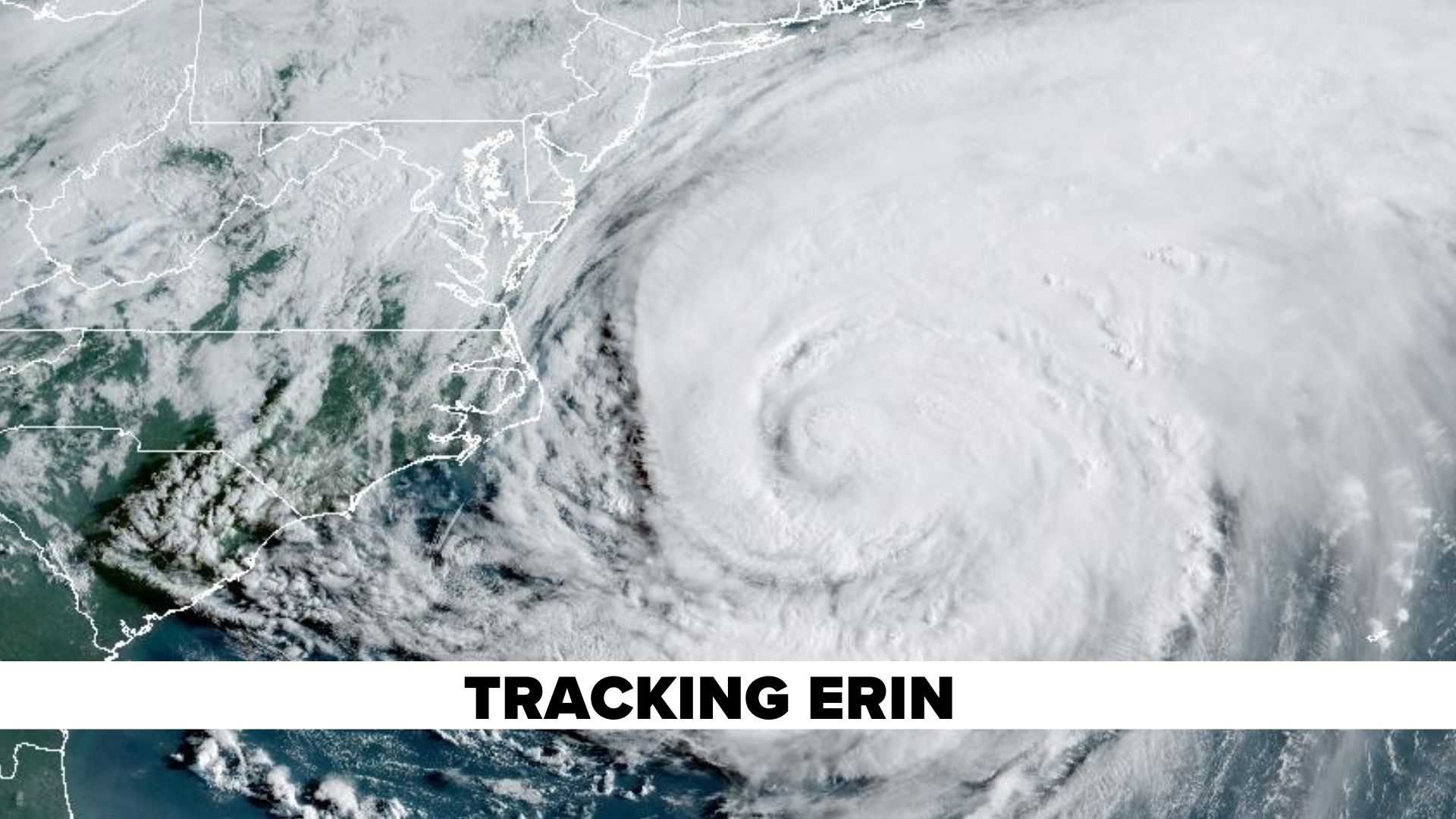Newly released emails shed new light on emergency alerts confusion during SoCal wildfires

As multiple wildfires like the Eaton blaze and the Palisades fire wreaked havoc across Southern California in January, fears over neighborhoods being destroyed were compounded by confusion over which areas of Los Angeles County were actually under evacuation warnings.
"An evacuation order for residents near the Kenneth Fire currently burning in West Hills was mistakenly issued to nearly 10 million County residents along with some residents of neighboring counties," Los Angeles County Office of Emergency Management (OEM) Director Kevin McGowan said in a statement on Jan. 9.
Now, more than six months after those erroneous emergency alerts went out, emails and text messages show for the first time just how perplexing the messaging mayhem was, based on more than 200 pages of records released by Los Angeles County in response to a public records request from ABC News.
"We didn't send anything out. Promise," one coordinator wrote a colleague in a text message on Jan. 10.
"525 pm we weren't doing any orders I don't think then," a county employee responded. "FEMA is going to need to look into this."
The Kenneth fire burned just over 1,000 acres not far from Calabasas, according to the California Department of Forestry and Fire Protection, yet people far beyond that area were alerted about the blaze. The Eaton and Palisades fires affected far more residents across the county, impacting more than 37,000 acres combined, according to the messages.
The newly released documents capture days' worth of questions asked by emergency management representatives as they sought clarity about the situation. Among the documents, some county officials even texted pictures of the mistaken notifications among themselves to try to figure out what was going on.
Three days into the wildfire emergency, the Los Angeles County OEM, apparently out of frustration, even sent an email to a generic mailbox for the Federal Communications Commission as they struggled to solve the problem, according to the documents.
The email to the FCC noted that there was believed to be an "unknown system error" with the county's Integrated Public Alert & Warning System, or IPAWS, causing an alert message to be sent outside of the zone of people who should have received it the previous day.
"Since then, the county has been experiencing unsolicited countywide IPAWS Alerts throughout the night" the email said. "At this time, we contacted FEMA's IPAWS, and our vender [sic] to see if they can correct the problem. Currently we have no active alerts, this is in an effort to control this error, so far all efforts have been unsuccessful. Any assistance you can provide would be greatly appreciated."
U.S. Representative Robert Garcia (D-Calif.) later launched an investigation into the erroneous alerts, with a resulting report noting in part that "the initial false alert is believed to be caused by technology issues with third-party technology vendor Genasys."
The FCC, which sets the technical standards for emergency alerts, did not respond to a request for comment from ABC News. FCC Chairman Brendan Carr sent a letter to Garcia in April stating that while emergency alerts can save lives, "erroneous or improperly targeted alerts can have unintended and dire consequences."
The communications obtained by ABC News show that concerns in Los Angeles County over the effectiveness of the wireless emergency alert system started within hours of the Palisades fire breaking out on Jan. 7, two days before the message that was erroneously sent to millions of people.
"This is getting kind of frustrating," county OEM representative Bennett Cummings emailed Genasys customer success manager Lisa Bernard on Jan. 7. "Map shows we're targeting two zones. PBS Warn just shows one launch."
"Are citizens reporting they're not getting them?" Bernard asked Cummings in another exchange. "I'm seeing them come through the feed on PBS warn and the IPAWS monitoring channel and the active alerts feed is showing the corresponding area. I'm working with support right now to see if we can figure out what's going on."
"Issue is we're needing to do one campaign per zone, but we're selecting multiple zones and its only launching to one of the selected not all the zones selected," Cummings responded. "We've caught up now on pbs warn but had to do multiple campaigns."
The next day, on Jan. 8, another Genasys representative emailed Los Angeles County officials, writing in part that they "identified an underlying issue requiring further investigation to resolve."
Contacted by ABC News following the release of the communications, a Genasys spokesperson said, "During the Los Angeles wildfires, Genasys Protect enabled LA County to reduce evacuation alert times from 40-60 minutes to just 6 minutes, likely saving hundreds of lives."
"Since then, Genasys has implemented new safeguards, cross channel validation, and fail safes, further strengthening the nation's most widely deployed multi channel alerting platform," the spokesperson said.
Garcia's report regarding the false notification on Jan. 9 noted that one of the software improvements is a warning that will inform Genasys users before an alert is about to be distributed across the county.










